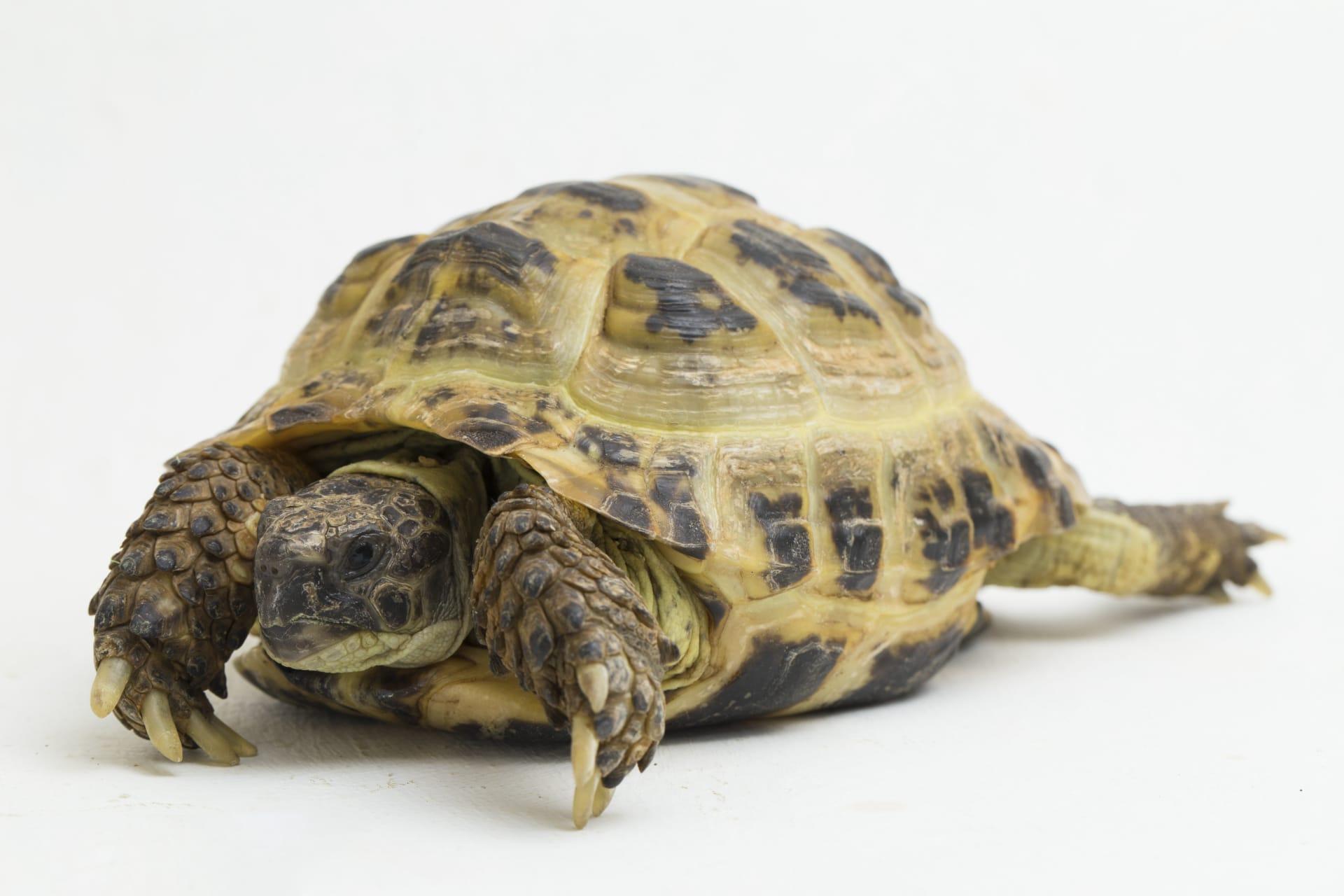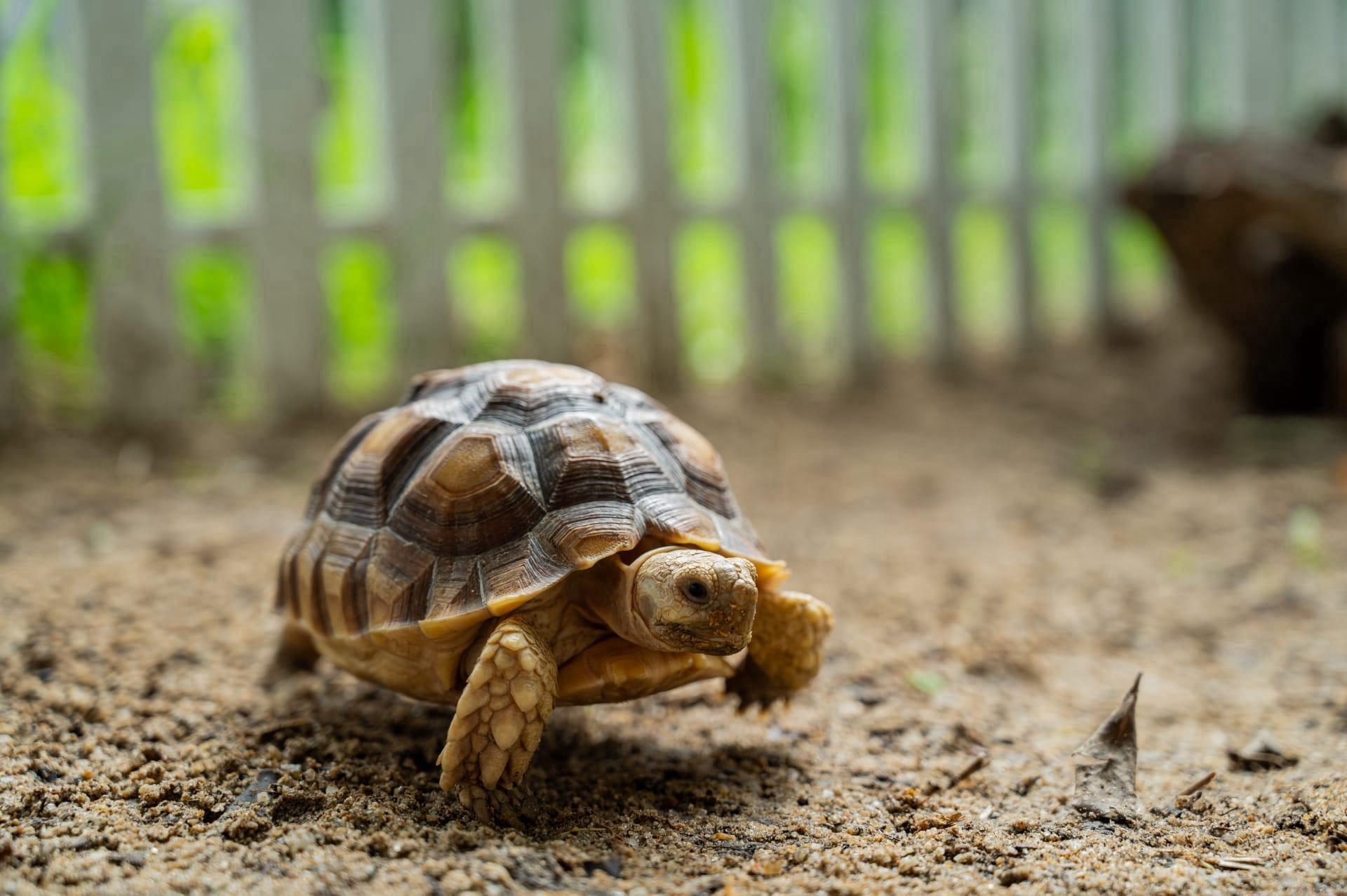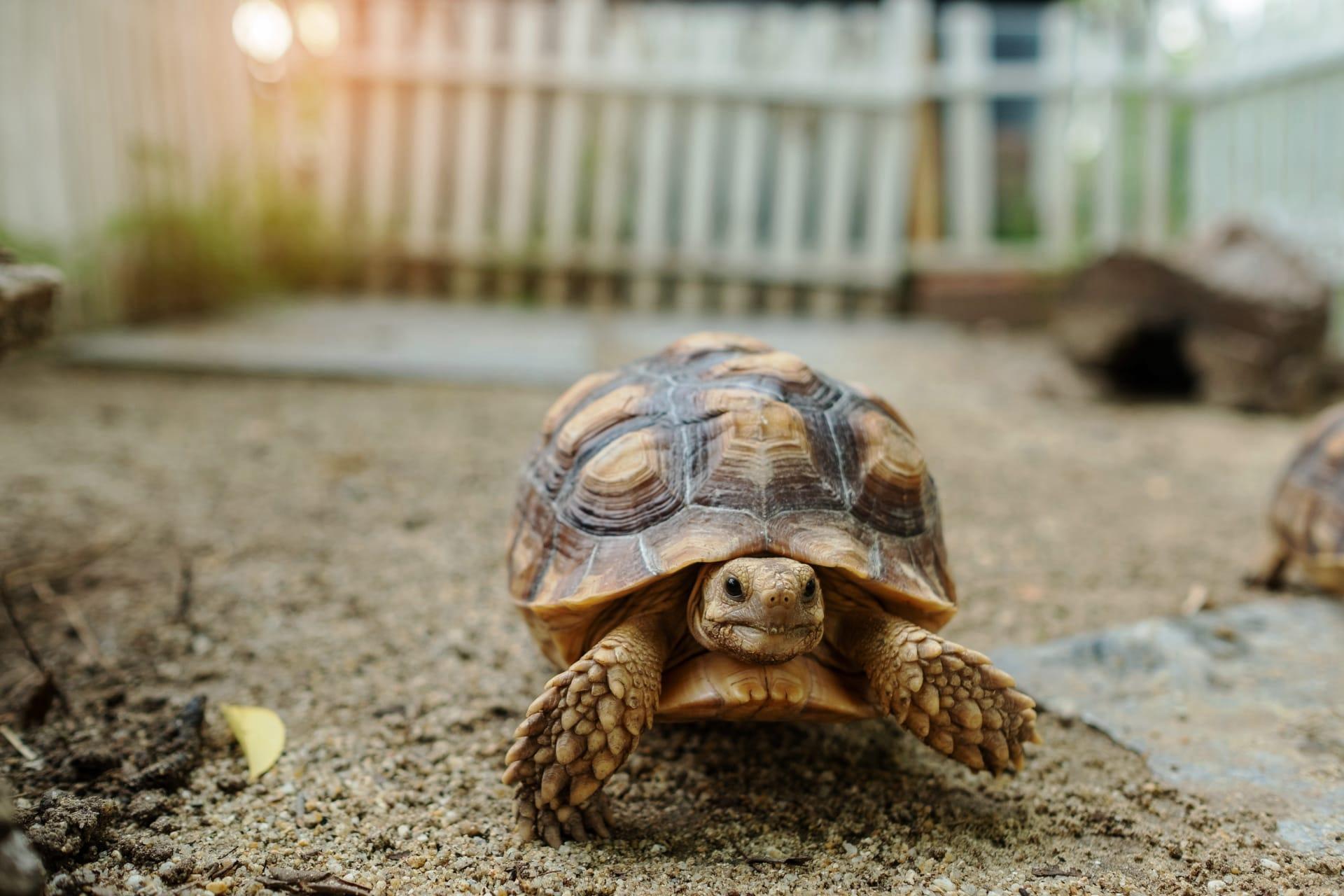1
Gopher Tortoises, native to the southeastern United States, have a unique way of combating the heat. Their burrows, impressively dug using their strong, scaly front legs, can extend up to 40 feet in length and 10 feet in depth. These burrows maintain a relatively constant temperature and humidity level, providing a cool haven during hot weather. This architectural marvel not only benefits the tortoises but also offers shelter to more than 350 other species, making these tortoises keystone species in their ecosystem.
Another fascinating fact about Gopher Tortoises is their long lifespan. They can live up to 60 years in the wild, with some reports suggesting even longer lifespans. Their slow growth rate contributes to this longevity. It takes them 10 to 15 years to reach maturity, and they continue to grow slowly throughout their lives. This prolonged growth period is a stark contrast to many other species and highlights the tortoise's slow-paced, steady approach to life.

2
Gopher Tortoises are strict vegetarians, feeding primarily on low-growing plants, grasses, and fruits. Their diet is rich in fiber and low in protein, which is perfectly suited to their slow metabolism. This herbivorous diet plays a crucial role in their ecosystem as they disperse seeds through their feces, aiding in plant propagation and maintaining the health of their habitat.
Communication among Gopher Tortoises is primarily through body language. They use a variety of postures and movements to convey messages. For instance, a tortoise may bob its head to assert dominance or to court a potential mate. Interestingly, despite their seemingly solitary nature, these tortoises can form complex social networks, often using the same burrows and paths, which fosters a sense of community within their population.

3
The shell of a Gopher Tortoise, known as a carapace, is not only its most distinctive feature but also its primary defense mechanism. The carapace is made up of individual plates called scutes, which are made of keratin - the same material in human fingernails. As the tortoise grows, new layers of keratin are added to each scute, creating growth rings that can help determine the tortoise's age, similar to tree rings.
Surprisingly, Gopher Tortoises have a relatively slow metabolism, which is reflected in their low reproductive rate. Females lay only about 3 to 15 eggs per year, and the eggs have a long incubation period of about 80 to 100 days. This slow reproduction rate makes the species particularly vulnerable to threats, as it takes a long time for the population to recover from declines.

4
Gopher Tortoises are known for their role in fire ecology. Their burrows provide a safe refuge for themselves and many other animals during wildfires, which are common in their natural habitats. The burrows' structure and depth ensure protection from the heat and flames, showcasing the tortoise's inadvertent yet crucial role in safeguarding biodiversity during these natural events.
Interestingly, Gopher Tortoises have a mutualistic relationship with a type of fungus found in their habitat. This fungus, essential for the health of the longleaf pine forests where they often reside, relies on the tortoises to spread its spores. The tortoises consume the fungus and later excrete the spores in different locations, aiding in the fungus's distribution and, in turn, the health of the forest ecosystem.

5
Unlike many reptiles, Gopher Tortoises are relatively poor swimmers. Their heavy, dome-shaped shells make it difficult for them to float or swim effectively. This characteristic shapes their habitat preferences, usually avoiding large bodies of water and preferring dry, sandy areas where they can easily dig their burrows.
The Gopher Tortoise's sense of smell is highly developed, assisting them in locating food and recognizing other tortoises. They use this keen sense of smell to find a variety of grasses and fruits, which constitute the majority of their diet. This heightened olfactory ability also plays a significant role in their social interactions, as they can identify individual tortoises and detect pheromones, crucial during the mating season.